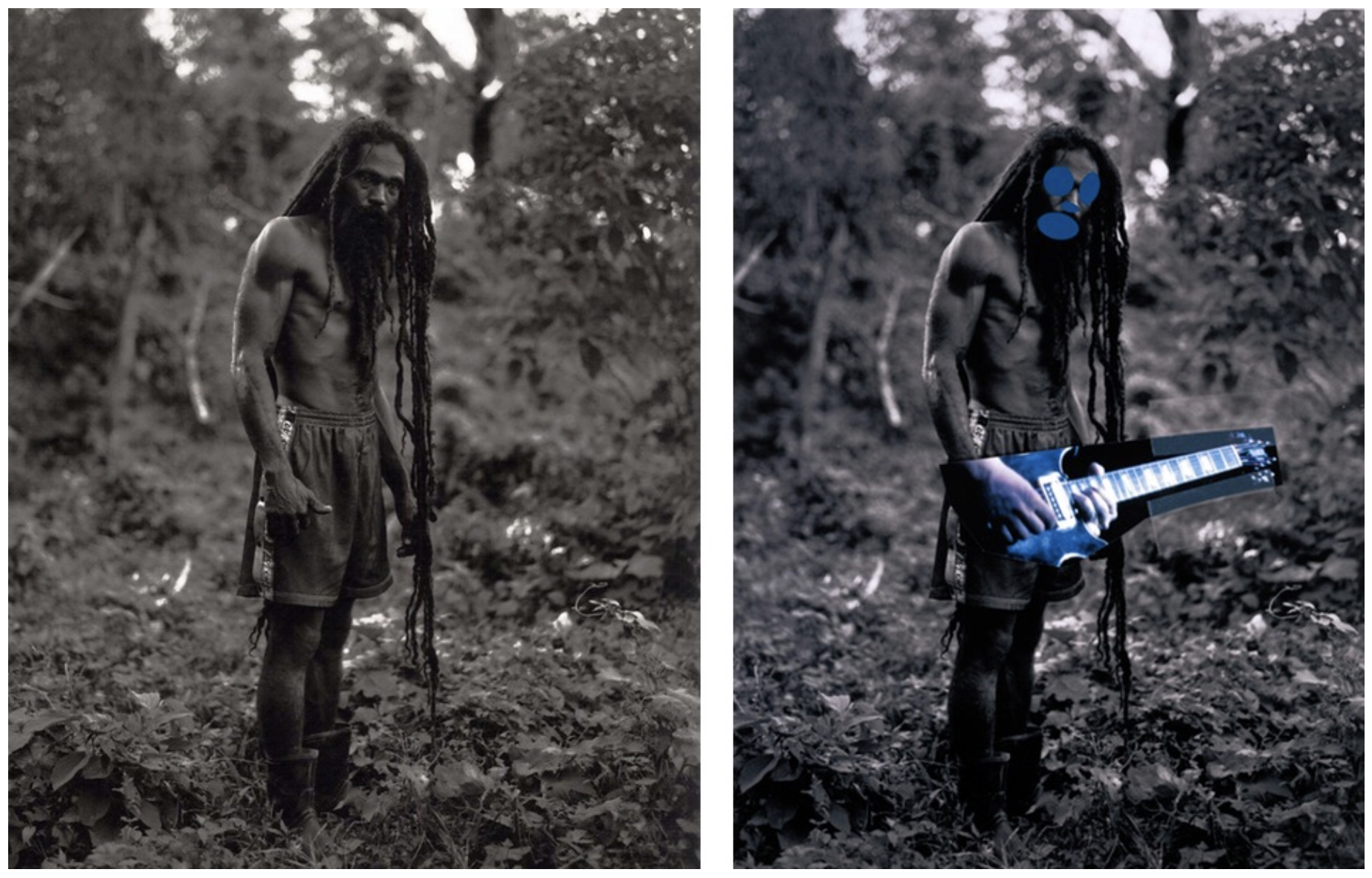We often hear the term 'copyright' being used--particularly concerning music and movies--but what is it, and how do we know if it applies to us?
The first step to understanding copyright is to understand the meaning of the words involved.
According to Merriam-Webster.com, a copy is ‘an imitation, reproduction, or transcript of an original (definition of COPY, n.d.) and right means ‘in accordance with what is good, proper, or just’ (definition of RIGHT, n.d.). If we put them together, we get:
An imitation, reproduction, or transcript of an original, [produced] in accordance with what is good, proper, or just.
Merriam-webster.com. n.d. Definition of COPY. [online] Available at: <https://www.merriam-webster.com/dictionary/copy> [Accessed 17 August 2021].
So...copyright is about balancing a creator's ability to share and publish their work with other people's desire to use that work in a proper and just way.
Copyright is automatic. You do not need to apply for it or use the copyright symbol ©. The symbol only acts as a 'reminder' that copyright still applies.
Everything published is covered by copyright. This encompasses:
- printed material: books and magazine articles
- music: lyrics, melodies and compositions
- art and illustration
- dramatic performances: including dance choreography.
Anything that can be created creatively, published and can be attributed is protected by copyright.
In most cases, the copyright owner is the person who created the work, and it is their decision or choice to grant permission to others to use their work.
If you create and publish work as part of your employment or if the work was commissioned and paid for by a client, then the employer or commissioner is usually the copyright owner.
For more information, watch the following video.
Intellectual property (IP) refers to new or original innovations and creations of the mind. In essence, copyright could apply to the unrealised ideas that usually happen before something is created.
Intellectual property is not covered by copyright in the same way, but you can still be protected by registering your IP. This can include:
- registered trademarks: a brand name or logo with the ® symbol (e.g. Trade Me®)
- designs: the appearance or shape of a product design
- patents: typically a new product, process or material (the easiest way to think of these is an invention)
- plant variety rights: a new type of plant (e.g. a gold kiwifruit or a new apple variety).

A 'derivative work' is a work that includes components of an original, previously copyright-protected work and is fixed in a physical medium. The base, parent or underlying work is sometimes referred to as 'the original', while the work that integrates it is referred to as 'the derivative'. Within the United States copyright law, there is the concept of 'fair use' with the inclusion of derivative and transformative work.
Fanart, or artwork created by fans that depict characters and other aspects of existing creative work, is an example of derivative work.
Copyright of the original work still applies to derivative work, and permission is required from the copyright owner. Transformative works present existing work in ways that subvert its original meaning or significantly alter how it is perceived. Transformative work is often allowed without seeking permission. Yes, confusing. But there are subtle differences to be recognised.
The standards of 'transformative' have continued to evolve. Nonetheless, 2 questions appear to determine the status of a transformative work:
- Has the original work's content been modified by the addition of fresh expression or meaning?
- Is there value in adding new information, aesthetics, insights, and understandings to the original?
To summarise these points simply:
- a derivative work may be copyrightable, but it infringes on the copyright of the original work (i.e. merely moving work into a different medium or changing the language in which the work is expressed is derivative)
- a transformative work is copyrightable and does not infringe on the copyright of the original work (i.e. in order to transform the original work into a new work, the new creative expression must be added).
The distinction between a derivative work and a transformative work is a fact-specific analysis that many people struggle to understand. It is a good idea to consult with an attorney that specialises in copyright law to learn more about the difference between a transformative work and a derivative work in copyright law.
(What is the difference between a transformative and derivative work in United States Copyright law? – uspatentlaw.cn, 2021)

The digital sharing of copyrighted work without permission is referred to as 'piracy'. You have most likely heard of it concerning music and film; however, it applies to all digital work.
While it is impossible to stop, there are some steps you can take to discourage others from using your work without permission.
Watermarking
Adding a visible watermark to images, photos, illustrations and videos, or placing audible watermarks in audio tracks makes the work challenging to use.
As a general rule, a watermark should:
- be small and monochromatic – or have very little colour (large, coloured watermarks detract from the image as they can compete with the subject too much)
- be placed in a discrete area of the image that does not interfere with the view of the image but will make it more difficult to remove or clone out
- have limited text – if the watermark is small, then having text will be all but near impossible to read.
Lower resolution
Keeping the resolution of the work you are displaying online 'low', so it is not suitable for print or enlarging, makes it less likely that it can be used.
Make it obvious how to get permission and access an unwatermarked and higher-quality version of your work. If it is easier to get permission than to try and steal your work, then you might find that is what people will do.
When the copyright for a piece of work expires, the work enters the 'public domain'.
Works in the public domain do not require permission to copy or adapt. You can use and distribute works in the public domain.
As a general rule, copyright is in place for the creator’s lifetime and up to 50 years after their death. However, it is crucial to establish if a work is in the public domain before using it.
The guide below will be helpful.
| Copyright work | New Zealand time limit |
|---|---|
| Literary, dramatic, musical and artistic works | 50 years beyond the death of the author |
| Commercialised product designs (artistic work that has been applied industrially) |
|
| Publisher’s copyright (typographical layout of a published edition) | 25 years from publication |
| Sound recordings and film | 50 years from the year in which the work was made |
| Communication works including repeats | 50 years from the initial broadcast or transmission |
Length of NZ copyright. Source: Intellectual Property Office of New Zealand website.
The downloadable guide to copyright terms in New Zealand goes into more detail.
Creative Commons licenses make it easier for creators to share and allow the use of their work without the hassle of having to approve each new use.
There is a range of licences that can be assigned to work with varying degrees of restriction.
The most open licence is the Attribution CC BY. This licence lets others distribute, remix, adapt and build upon your work, even commercially, as long as they credit you for the original creation. This is the most accommodating of licences offered and is recommended for maximum dissemination and use of licenced materials.
Take a look at the Creative Commons website for more information on licences and their definitions.
Copyright licencing is the process of obtaining permission from a copyright owner to use their work.
Companies like shutterstock.com or Adobe offer image and video licensing for individual images or as part of a subscription, giving access to an entire library.
There are websites like unsplash.com or pexels.com that offer free licences to use the content they provide.

Read this article on interesting copyright infringement cases.
After reading the article, search online for a logo that did not comply with copyright rules.

Redesign and produce a new and original logo for the company that is copyright-free.
Share your design in the forum.

